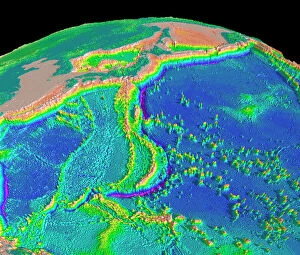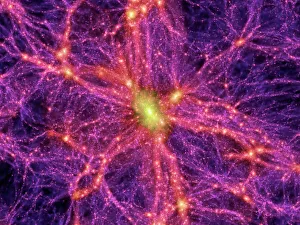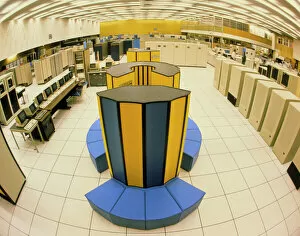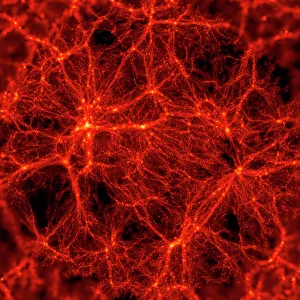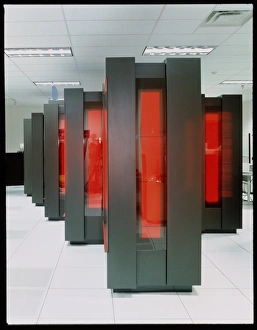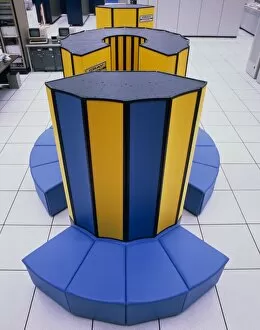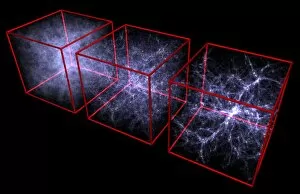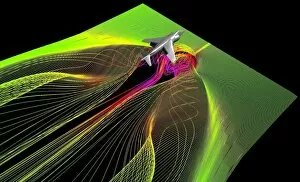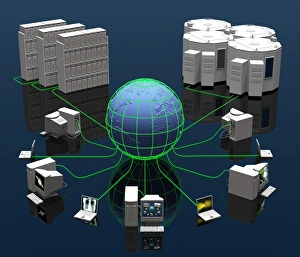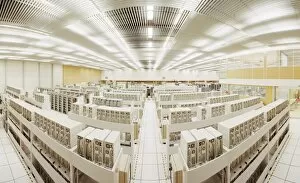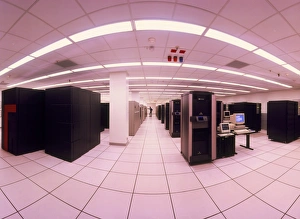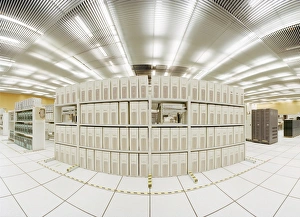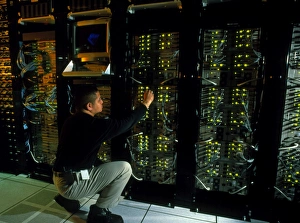Super Computer Collection
Unleashing the Power of Knowledge: Exploring the Depths of a Supercomputer In the vast depths of the Mariana Trench sea floor
All Professionally Made to Order for Quick Shipping
Unleashing the Power of Knowledge: Exploring the Depths of a Supercomputer In the vast depths of the Mariana Trench sea floor, where mysteries abound and secrets lie hidden, an extraordinary tool emerges to unravel nature's enigmas. Enter the realm of supercomputers – behemoths that harness immense computational power to unlock some of our universe's most perplexing phenomena. One such phenomenon is dark matter distribution, a cosmic puzzle that has eluded scientists for decades. With its unparalleled processing capabilities, a supercomputer becomes an indispensable ally in mapping this elusive substance and shedding light on its enigmatic properties. Among these technological marvels stands the Xray X-MP/48 supercomputer at CERN, where physicists delve into subatomic realms with unprecedented precision. Armed with this computational titan, they navigate through intricate data sets and simulations to decipher dark matter's behavior within galaxies and beyond. But it doesn't stop there; another groundbreaking innovation comes in the form of Thinking Machine CM-5 massively parallel computer. This prodigious machine revolutionizes scientific research by enabling simultaneous computations across thousands of processors—a true game-changer in understanding complex systems like galaxy collisions or supernova explosions. Speaking of which, supernovae—stellar cataclysms that illuminate distant corners of our cosmos—are meticulously studied using these computing giants. By simulating their explosive dynamics on Cray X-Mp/48 supercomputers, astrophysicists gain invaluable insights into how these celestial events shape galaxies' evolution throughout time. Beyond astronomy lies yet another realm where supercomputers make their mark: telehealth. In conceptual images like Telehealth C017/7678, we witness how these powerful machines empower medical professionals worldwide to provide remote healthcare services efficiently and effectively—an embodiment of technology serving humanity's well-being. As we venture deeper into uncharted territories—the abyssal trenches or intergalactic voids—we rely on these remarkable tools to navigate the unknown.

